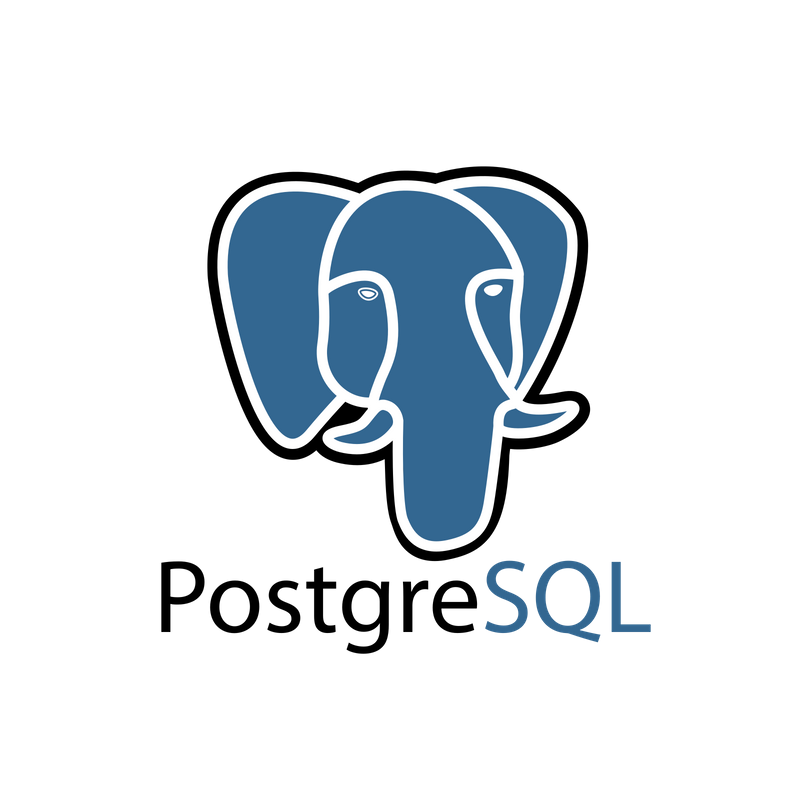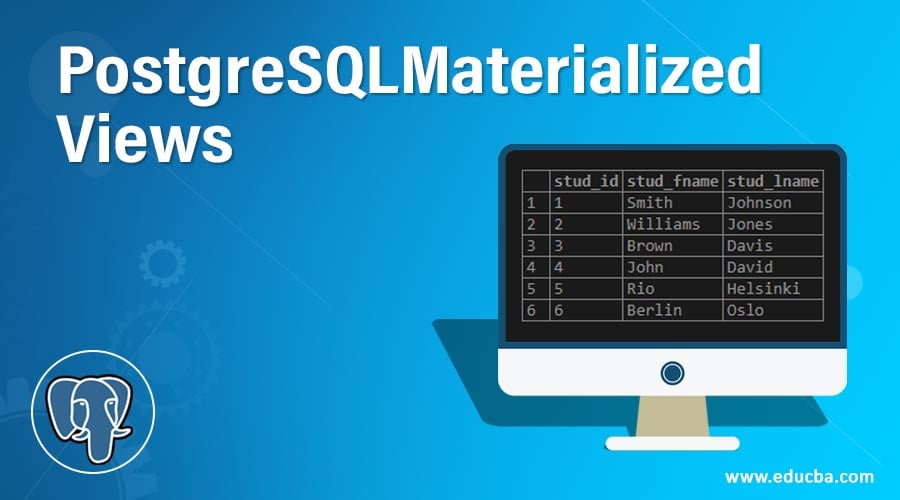

- Learn sql with postgresql tutorial code#
- Learn sql with postgresql tutorial password#
- Learn sql with postgresql tutorial windows#
We can also limit searches based on multiple criteria for different fields. WHERE publication.title ILIKE '%visualization%' (The % symbol is a wildcard symbol in SQL when using the ILIKE operator.) Type Let’s find publications that have the words “visualization”, and “library” OR “libraries” OR “librarian” in the title. If you want to re-run a command, a quick way to “re-type” it is to use the up and down arrow keys to cycle through previously entered commands. If the results list seems too long to page through every item, type q to stop showing the results: You will know when it is done, as you will see results on the screen or the command prompt will reappear. ( Note: If you would like to limit your results to a random sampling (this will speed things up and is great for testing!) the following command can be added to the end of the examples below: order by random() limit 10). Some of the examples may take a few moments to run, so be patient.

However, you might want to type the statements out to examine them more closely.
Learn sql with postgresql tutorial code#
If you want to paste these long statements into MobaXterm, copy the code and then go to the MobaXterm prompt and right click and select paste. Let’s try out a few SQL examples relevant to this particular database.If you want to learn more about a particular command, such as SELECT, type \h select This will list all of the SQL commands available. Before you begin, you might want to type \h for help with SQL commands.Remember, you can page through results with the spacebar Once you have a better understanding of the database’s organization into tables, you can type SQL statements ending with a semi-colon to query the database and see the results.Type \d publication to see all the columns for the publication table, for example You can type \d to display columns for a particular table.To learn more about these tables, you can also consult the documentation Type \dt to see a list of all the tables available to you.Type \x to have a nicer expanded display of the outputs/results Let’s try a few of these psql commands.Type \? for help with psql commands (whenever you see “-More-” at the bottom of the screen, press the space bar to page through the information).Type psql -d wos to start up the command-line interface to PostgreSQL and be able to query the Web of Science database.Once logged in as described earlier, at the prompt, type module load postgresql (and press Enter after this and any commands you type into the command prompt going forward).You may also want to explore the PostgreSQL documentation to help you with your work. If SQL is a new concept for you, we would first suggest you learn the basics through a tutorial, such as this one from Tutorial Republic. To log out, type exit and press Enter.
Learn sql with postgresql tutorial password#

We would recommend MobaXterm, and we will be using it in our tutorial examples
Learn sql with postgresql tutorial windows#
To access the environment from a Windows machine, you will need an SSH client.If working in high performance computing environment is new to you, we would recommend you attend SciNet workshops to learn more, especially their Intro to SciNet/Niagara/Mist workshop (run periodically) or watch a recording of a previous session.īut here are some steps to get your started: Query the Database via Python Accessing the High Performance Computing Environment Access the High Performance Computing Environment


 0 kommentar(er)
0 kommentar(er)
